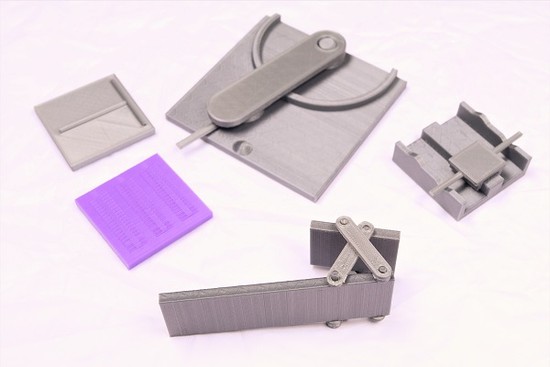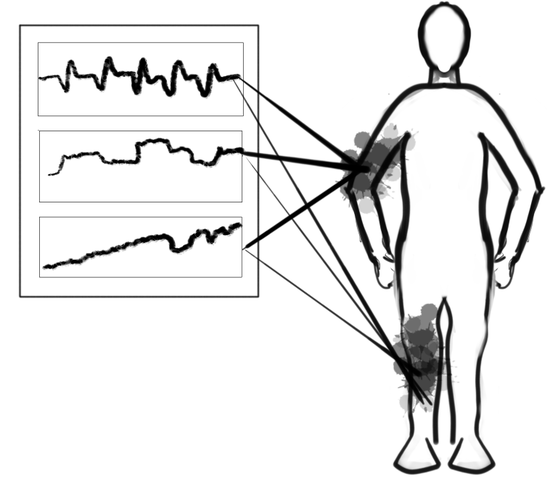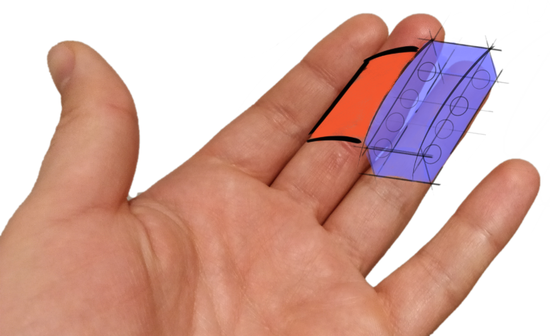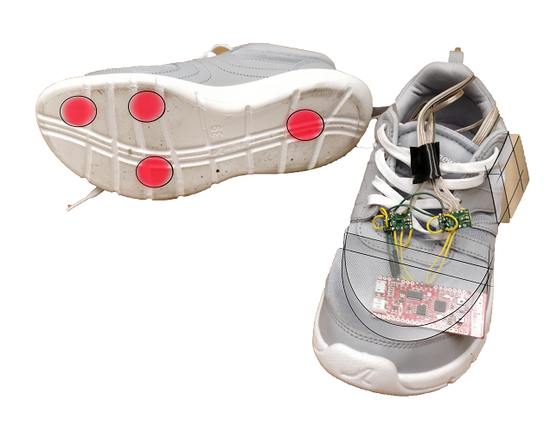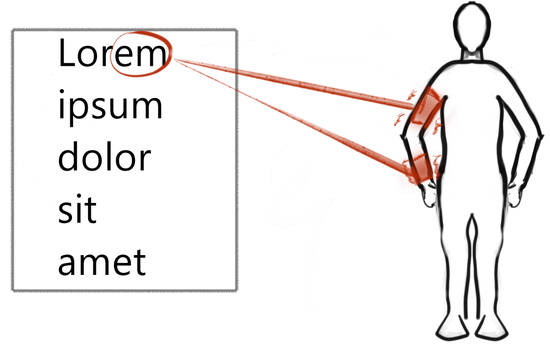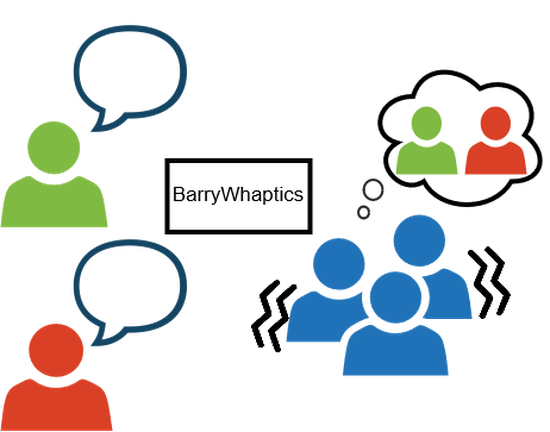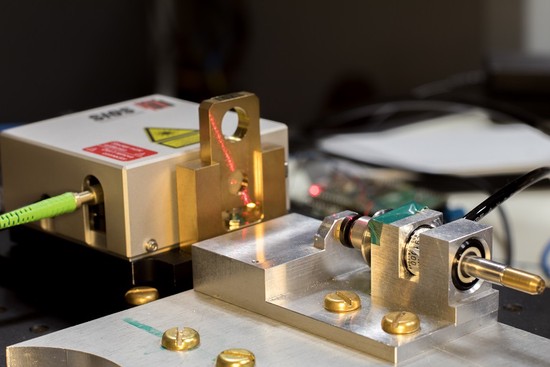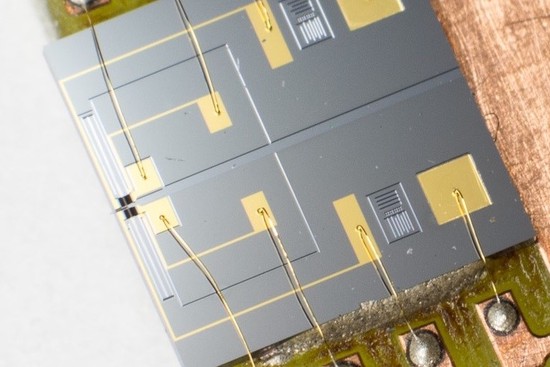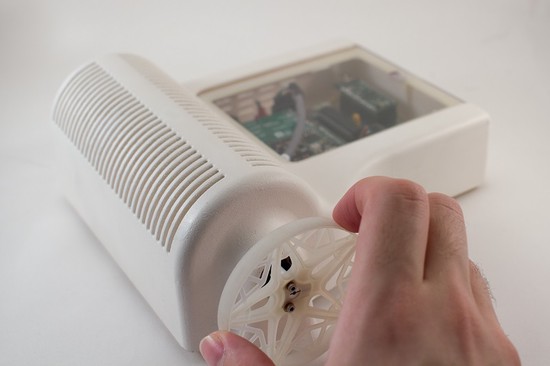Post Doctoral Fellow
McGill University
Biography
I am currently working in SRL group at McGill as a Postdoctoral Fellow. My work involve many aspects of research in haptic.
After obtaining my diploma of engineer from the school of Arts and Metiers, I chose to pursue doctoral studies in haptics and micro-robotics.
This PhD was an opportunity for me to discover specific issues related to teleoperation at the micro and nanoscopic scales. It was also an opportunity to enhance my knowledge in mechatronics and haptics.
Interests
- Haptic perception
- Haptic devices
- Robotics
Education
-
PhD in Robotics, 2017
Université Pierre et Marie Curie (Paris)
-
MSc in Robotics and Advanced Systems, 2013
Université Pierre et Marie Curie (Paris)
-
Engineering degree, 2013
Arts et Métiers ParisTech (Lille & Paris)
